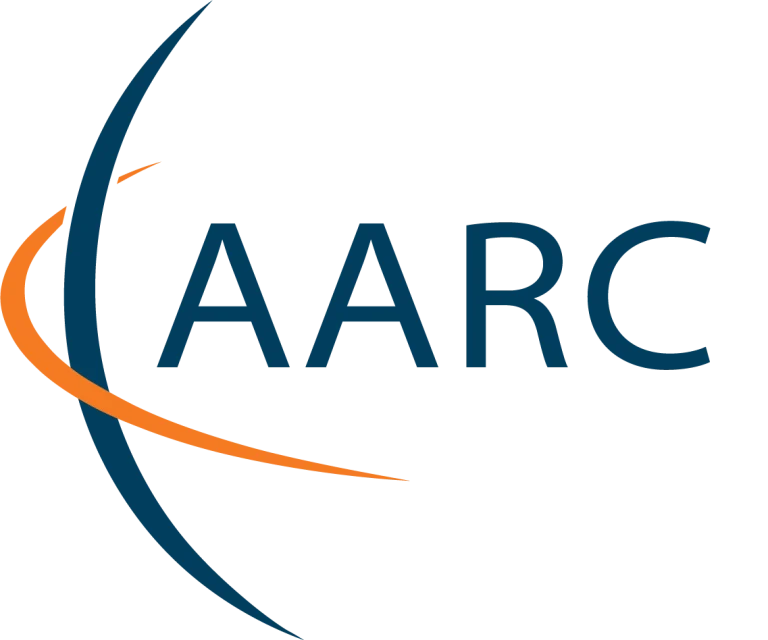With a conference session and a pre-conference workshop, the AARC (Authentication and Authorisation for Research and Collaboration) project team made a lively contribution to the DI4R (Digital Infrastructures for Research) conference that was held in Brussels from 30 November to 1 December.
On 29 November, Christos Kanellopoulos (GÉANT) led an open workshop on the AARC Engagement Group for Infrastructures (AEGIS) with members and interested parties invited to attend. An interview with him about the workshop can be found on the DI4R website.
On day one of the conference, in a room packed full of researchers, policy makers and representatives from research infrastructures and e-infrastructures, Licia Florio (GÉANT) chaired a very interactive session on (Authentication and Authorisation Infrastructures) AAI for Researchers.
The session began with an introduction to the AARC state-of-the-art and progress report. The audience was involved in an interactive Q&A session about whether identity federations and eduGAIN now better support eScience requirements than five years ago. Here is what we found:
- Most of the attendees thought that some of the current AAI implementations are not very user-friendly. This is partially due to the user interface (look and feel) but also to the often very technical content of the page the user is presented with, which lists the user’s information to be sent to a service.
- When asked which other requirements the project should look into, the attendees suggested:
- attributes being really released by identity providers;
- how to implement AAI guides for emerging research collaborations;
- wider coverage of researchers to validate interfaces and functionalities;
- assurance;
- persistent identities not only across services.
In the second part of the meeting, following Christos Kanellopoulos’s introduction to the AARC Blueprint Architecture, an overview of the Blueprint Guidelines by Nicolas Liampotis (GRNET) and a state of the art of the AARC Policy Framework by David Groep (Nikhef), it was time to focus on the researchers.
Fernando Aguilar (IFCA) presented the LifeWatch research infrastructure, which was set up to support the fields of ecosystems research and biodiversity, and their AAI requirements. LifeWatch would like to deploy an AAI that supports federated access for different types of resource and service providers, with a way to facilitate the participation of citizen scientists. Arnout Terpstra (SURFnet) then mapped these requirements to the AARC Blueprint Architecture and demonstrated how users can login either via their home account (via eduGAIN) or using social accounts (for instance in the case of citizen scientists). The use of a proxy, as proposed by the AARC Blueprint Architecture, was suggested for LifeWatch. The proxy would connect to eduGAIN to enable federated access, and would connect all the various services that LifeWatch offers; the proxy would also connect to a token translation service to enable federated access to non-web services.
The session ended with a presentation on the status of the AARC pilot activity. The project focuses on three main categories, some of which have already started:
- Pilots to expand the reach of federated access, directed towards research collaborations and research infrastructures. It is worth noting that several research collaborations and research infrastructures participate in the second AARC project now: LIGO, CTA, EPOS, LifeWatch, Corbel (represented by BBMRI-Eric and EMBL), EISCAT3d and HelixNebula.
- Pilots to test components in production infrastructures, aiming to test results produced by the architecture and policy workpackages in production research- and e-infrastructures.
- Pilots to test cross-infrastructure scenarios; testing interoperability aspects across e-infrastructures.
By the end of January 2018, results are expected from the different pilots.


